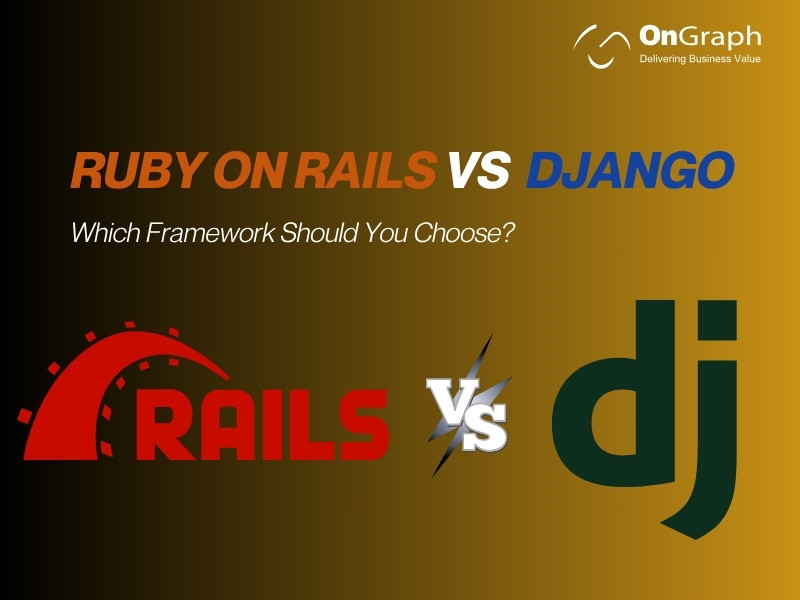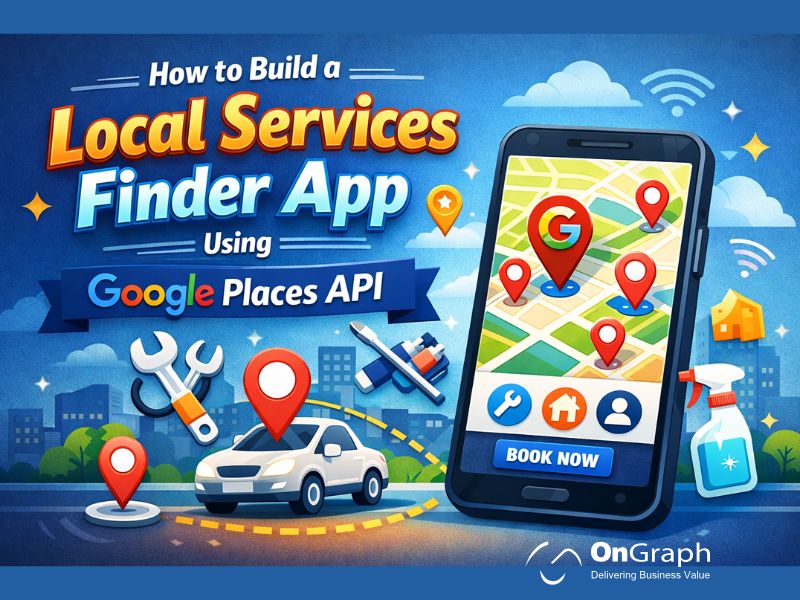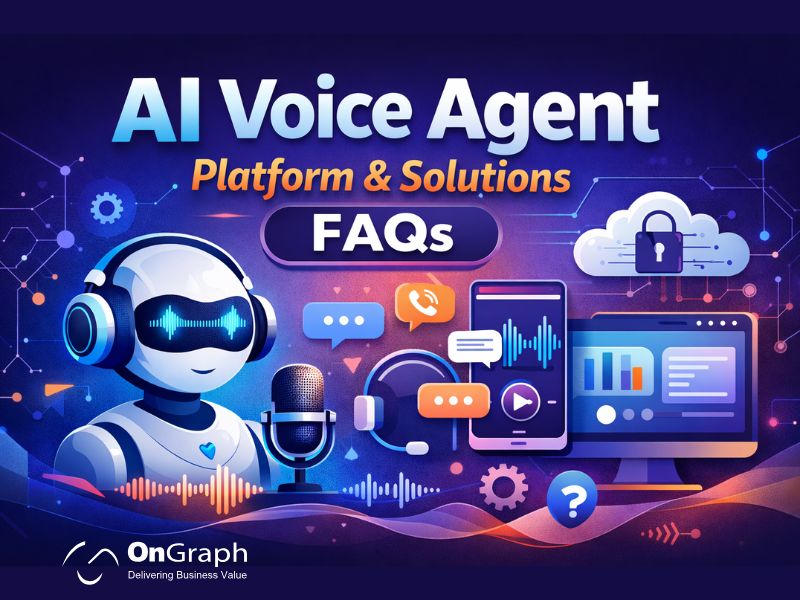In this article
- 1. Introduction to Ruby on Rails and Django
- 2. Language Used: Ruby vs Python
- 3. Popular Companies Using Django and Ruby on Rails
- 4. Performance Comparison: Ruby on Rails vs Django Performance
- 5. Community Support & Ecosystem
- 6. Learning Curve
- 7. Development Speed & Tools
- 8. Use Case Example: E-commerce vs Analytics Platform
- 9. Job Market & Hiring Developers
- 10. Ruby on Rails vs JavaScript
- Final Thoughts
In the world of web development, Ruby on Rails vs Django is a debate that often comes up among developers, startups, and CTOs. Both frameworks are powerful, fast, and designed for rapid development. But which one should you pick for your next project?
In this blog, we’ll break down their features, performance, community support, and real-world use cases to help you decide.
1. Introduction to Ruby on Rails and Django
Ruby on Rails (RoR) is a web application framework written in the Ruby programming language. It follows the MVC (Model-View-Controller) architecture and emphasizes convention over configuration.
Django, on the other hand, is a high-level Python web framework that encourages rapid development and clean, pragmatic design. It is widely used in data-heavy applications, including those that require machine learning integration.
If you’re choosing between Django vs Ruby on Rails, it’s important to understand how each framework works and what makes them unique.
2. Language Used: Ruby vs Python
At the core of these frameworks is the programming language.
- Ruby (RoR): Known for its elegance and developer happiness. Ruby is flexible and often allows multiple ways to solve a problem.
- Python (Django): Known for simplicity and readability. It’s often taught in universities and used widely in data science.
When it comes to Ruby vs Python, Python wins in terms of popularity, community size, and educational support.
Also read- Best Python Frameworks To Explore in 2025
3. Popular Companies Using Django and Ruby on Rails
Let’s look at who uses these frameworks:
Popular apps built with Django:
- Instagram
- Spotify (backend services)
- Pinterest
- Disqus
Popular apps built with Ruby on Rails:
- GitHub
- Shopify
- Airbnb
- Basecamp
Both frameworks power high-traffic, successful web platforms. However, Django is more common in data-driven applications, while RoR is popular among startups and eCommerce platforms.
4. Performance Comparison: Ruby on Rails vs Django Performance
Speed and scalability are key factors in web development.
- Ruby on Rails is slightly faster in smaller applications due to its convention-based setup. However, it may slow down as applications scale, especially when handling large datasets.
- Django offers better performance in data-heavy and CPU-bound applications. Python’s compatibility with NumPy, Pandas, and TensorFlow makes it ideal for analytical applications.
5. Community Support & Ecosystem
Both frameworks have strong communities.
- Django’s Python community is larger, thanks to Python’s dominance in machine learning, automation, and backend development.
- Ruby on Rails has a very supportive developer community, with lots of gems (packages) and plugins to speed up development.
Whether you need a Python Django Development Company, you’ll find plenty of talent in the market. However, Python developers are generally more available and easier to hire.
6. Learning Curve
- Ruby on Rails follows conventions that make coding faster, but can confuse new developers due to its “magic.”
- Django is more explicit, with clear documentation and predictable behavior, making it better for beginners.
If your team is just starting out, Django may be easier to grasp.
7. Development Speed & Tools
Both frameworks are fast, but for different reasons.
- Ruby on Rails comes with built-in generators, scaffolding, and a strong plugin system that allows you to build MVPs very quickly.
- Django is more structured, with built-in admin panels, ORM, and security features like CSRF protection.
In short, ror vs django for speed depends on your project type. For MVPs, RoR is great. For long-term, data-heavy applications, Django is ideal.
8. Use Case Example: E-commerce vs Analytics Platform
Case Study 1 – E-commerce Site (Using RoR)
A startup launching an online fashion store used Ruby on Rails to build the site in just 3 months. The framework’s built-in tools and plugins allowed the team to integrate payment gateways, cart systems, and user management quickly. They later scaled the backend using background jobs and Redis.
Case Study 2 – Healthcare Analytics App (Using Django)
A health tech company needed a secure analytics platform to handle large volumes of patient data. They chose Django for its scalability and tight integration with Python data libraries. The company also used Django REST Framework to build APIs consumed by mobile and web apps.
These examples show how Django vs Rails is often a question of what your product needs.
9. Job Market & Hiring Developers
If you want to hire a Ruby on Rails Developer, you’ll find good talent, but in a smaller pool compared to Python developers.
On freelancing platforms and job portals:
- Python developers outnumber Ruby developers 3:1.
- Django skills are more commonly found in job listings.
- Ruby on Rails developers often charge slightly higher rates due to the demand-supply gap.
If hiring is a concern, consider the talent pool before you pick a framework.
10. Ruby on Rails vs JavaScript
While Ruby on Rails vs JavaScript isn’t a direct comparison, it comes up when discussing full-stack development. JavaScript (Node.js) is often used for real-time apps, while RoR is best for traditional web applications.
In many projects, developers use JavaScript (React or Vue) on the frontend and RoR/Django on the backend.
Final Thoughts
When deciding between Ruby on Rails vs Django, consider your project requirements, developer skill set, and long-term goals.
Choose Django if:
- You need strong data processing or analytics features
- Your team is already using Python
- You want better scalability with less magic
Choose Ruby on Rails if:
- You’re building an MVP fast
- You want a highly productive framework
- You prefer convention-driven development
No matter what you choose, partnering with a reliable development agency can make the journey smoother. OnGraph is a trusted Ruby on Rails Development Company with over a decade of experience building web platforms for startups and enterprises.
FAQs
Ruby on Rails (RoR) is a web framework built on the Ruby language that emphasizes convention over configuration. It allows developers to build apps quickly using a set of pre-defined rules. Django, on the other hand, is built on Python and focuses on clean code, readability, and explicit declarations. Both follow the MVC pattern but use different philosophies and programming styles.
In general, Django performs better for data-intensive and computation-heavy applications due to Python’s strong support for data libraries and speed optimization. Ruby on Rails offers better development speed for small to mid-scale apps and MVPs. So the performance depends on the type of project you’re building.
Django continues to grow in popularity thanks to Python’s dominance in web, data science, and automation. Ruby on Rails has a loyal user base, especially among startups. But in 2025, Django is more in demand due to a larger talent pool and ecosystem around Python.
Both frameworks are beginner-friendly, but Django has a slight edge because Python is widely taught and easier to read. Ruby’s syntax is elegant but can be confusing for beginners due to its flexible structure and conventions.
Yes. Both Django and Ruby on Rails can be used with frontend libraries and frameworks like React, Angular, or Vue.js. Many developers use RoR or Django for the backend and JavaScript for the frontend to build full-stack applications.
Django is used by: Instagram, Spotify, Disqus, Pinterest
Ruby on Rails is used by: Shopify, GitHub, Airbnb, Basecamp
This shows that both frameworks are production-ready and used by top companies, depending on the nature of the project.
About the Author
Let’s Create Something Great Together!
Latest Blog
















